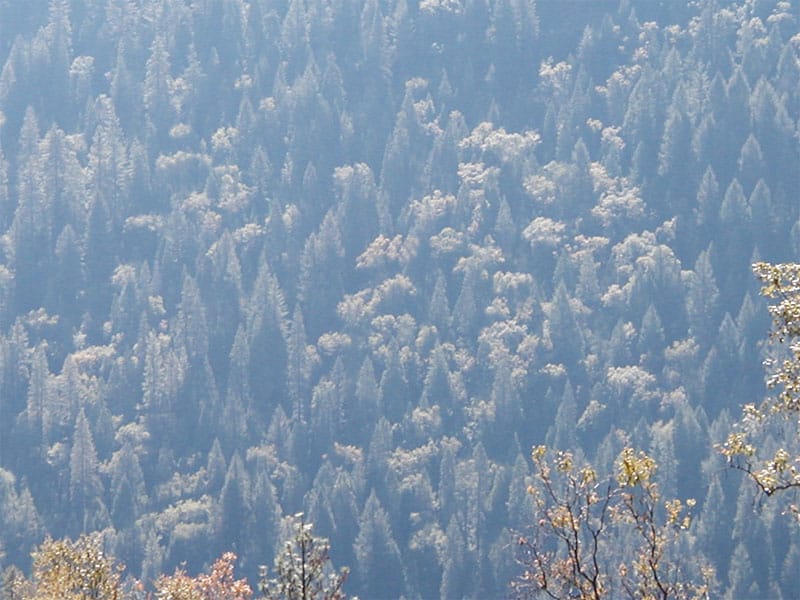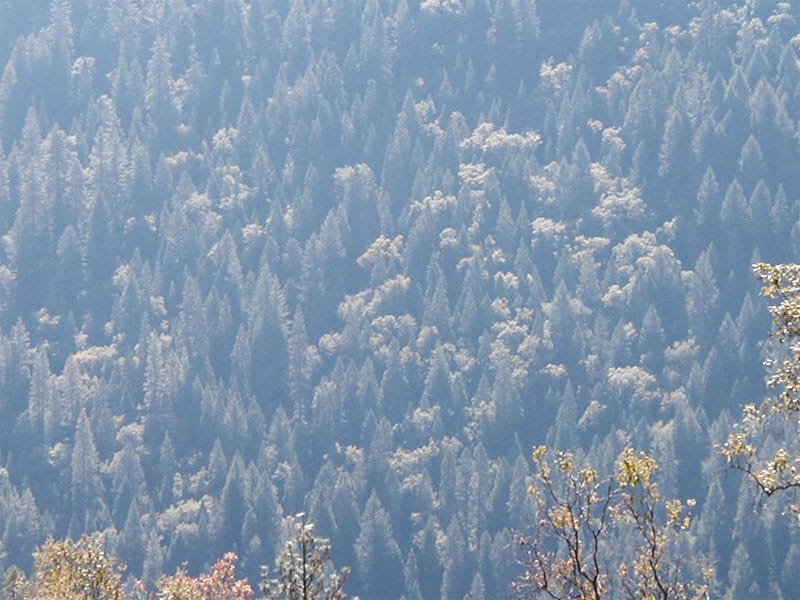If you’ve been reading this blog for a few years you’ve likely noticed a significant amount of hand-wringing from some folks anytime conservation groups look to hold the U.S Forest Service accountable through the federal court system. However, what I find somewhat interesting is that when the timber industry and their allies file a lawsuit against the Forest Service the type of hand-wringing we usually see directed at conservation groups is mysteriously non-existent.
Readers may recall that last week we highlighted a Courthouse News Service article, in which an editor claimed that a lawsuit against the Forest Service’s new National Forest Management Act planning rules by an assortment of timber industry, off-road/ATV and grazing interests was the “the most obnoxious lawsuit I saw this week.”
Well, it turns out that the Courthouse News Service had another article last week which frequent commenter and reader David Beebe was kind enough to pass along. Highlights from the article are below, or you can read the entire article here.
A federal judge dismissed claims filed by the Alaskan timber and building industries that a 2008 forest plan reducing the amount of commercial forestland in the Tongass National Forest violated federal law.
The Alaska Forest Association and the Southern Southeast Alaska Building Industries Association sued U.S. Secretary of Agriculture Thomas Vilsack and the U.S. Forest Service in 2008 over the Forest Service’s plan to reduce the amount of land available for commercial foresting from 2.4 million acres to 670,000. The revised plan also adopted an adaptive strategy for managing lands for timber sale that the industries said reduced the acreage capable of supporting financially feasible timber sales to approximately 103,000 acres.
But because of a previous challenge to the plan filed by the Southeast Conference and several other Alaskan cities and municipal organizations that failed in federal court, U.S. District Judge John Bates dismissed this challenge under the legal doctrine of Res judicata, which prohibits re-filing legal claims that could have been litigated in prior actions.
The Alaska Forest Association, as it turns out, is a part of the Southeast Conference, and supported its similar litigation against the Department of Agriculture and the U.S. Forest Service over the plan. The Forest Association, or AFA, unsuccessfully argued that because the Southeast Conference wasn’t aware it was representing the AFA, the doctrine does not apply.
“Plaintiffs’ argument is dubious on these facts,” stated Judge Bates. “AFA submitted an affidavit supporting Southeast Conference’s standing argument … which should have alerted the Southeast Conference plaintiffs that they were representing AFA.”




